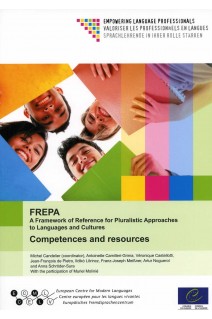
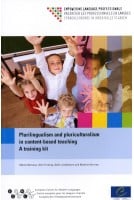


WHAT IS ITS CONTENT?
The term pluralistic approaches to languages and cultures refers to didactic approaches which involve the use of several (or at least more than one) variety of languages or cultures simultaneously during the teaching process. By abandoning the "compartmentalised" view of an individual’s linguistic and cultural competence(s), this publication is a valuable step towards implementing the Common European Framework of Reference for Languages, in particular its rationale on plurilingual and intercultural competence.
Examples of descriptors:
- "Can use knowledge and skills already mastered in one language in activities of comprehension / production in another language" (Skills);
- "Having confidence in one’s own abilities in relation to languages (their study / their use)" (Attitudes).
- “Knows that one must adapt one’s own communicative repertoire to the social and cultural context within which communication is taking place” (Knowledge)
WHAT IS ITS ADDED VALUE?
• The publication presents a comprehensive list of descriptors (Knowledge, Attitudes and Skills) considered necessary within the perspective of a plurilingual and intercultural education. The same descriptors are available online, in graphic form, where the user can see at what stage of the educational process the authors would recommend the development of each resource and its sub-categories.
• It provides teaching materials for putting the development of these resources into practice. The teacher can select an activity from a database according to the specific resources for knowledge, skills and attitudes which s/he has identified from the framework.

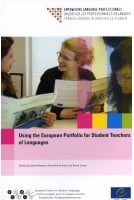
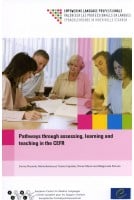
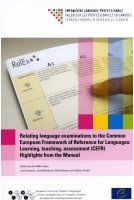





WHAT IS ITS CONTENT?
The term pluralistic approaches to languages and cultures refers to didactic approaches which involve the use of several (or at least more than one) variety of languages or cultures simultaneously during the teaching process. By abandoning the "compartmentalised" view of an individual’s linguistic and cultural competence(s), this publication is a valuable step towards implementing the Common European Framework of Reference for Languages, in particular its rationale on plurilingual and intercultural competence.
Examples of descriptors:
- "Can use knowledge and skills already mastered in one language in activities of comprehension / production in another language" (Skills);
- "Having confidence in one’s own abilities in relation to languages (their study / their use)" (Attitudes).
- “Knows that one must adapt one’s own communicative repertoire to the social and cultural context within which communication is taking place” (Knowledge)
WHAT IS ITS ADDED VALUE?
• The publication presents a comprehensive list of descriptors (Knowledge, Attitudes and Skills) considered necessary within the perspective of a plurilingual and intercultural education. The same descriptors are available online, in graphic form, where the user can see at what stage of the educational process the authors would recommend the development of each resource and its sub-categories.
• It provides teaching materials for putting the development of these resources into practice. The teacher can select an activity from a database according to the specific resources for knowledge, skills and attitudes which s/he has identified from the framework.
Please note that in accordance with our terms & conditions, PDF/epubs may only be purchased by private individuals.
